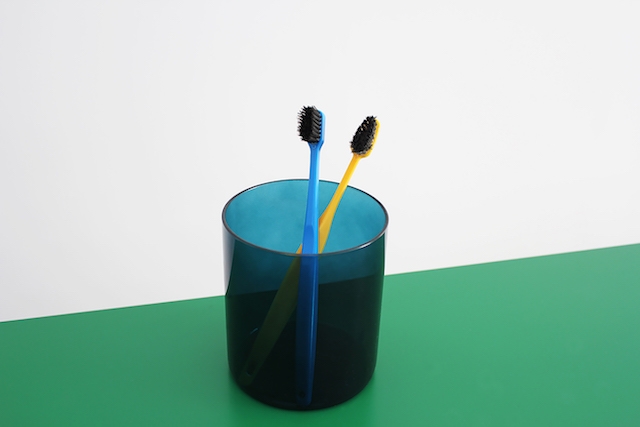It is, on the face of it, not an auspicious premise for an exhibition. The ruse of an artist living in the gallery, as art, has been done and done again over the past half century, whether by Chris Burden in Bed Piece (1972) or Marina Abramović in The House with the Ocean View (2002), or by Dawn Kasper at the 2012 iteration of the Whitney Biennial. Not to mention various installations in which only the artist’s domestic furnishings were present, from Lucas Samaras’s Bedroom (1964) to Tracey Emin’s My Bed (1998). Now add to the list Green Ghosts (2017), a performance by Puppies Puppies in which she, her husband and their dog sleep at Overduin & Co outside of gallery hours, having transported the contents of their apartment into the white cube. And yet Puppies Puppies’ smart exhibition feels anything but derivative.
This is in no small part thanks to a series of moves (here the term seems appropriately tactical) that the artist makes in the framing of the stuff in the gallery. First, there is no press release as such, although there are a series of typed texts posted around the gallery, in a disarmingly chatty tone, written by Puppies’ husband, Forrest. Though these texts are explicative, they also admit to being totally partial, and quite possibly ‘wrong’, as Forrest writes. The primary sensation conveyed by Puppies Puppies’ exhibition is of familiarity – from the recognition of mass-media references like Harry Potter (1997–2007) or Lord of the Rings (1954–1955) to revelations of interpersonal intimacy of the ickiest order – processed through a deeply self-conscious cultural filter that makes everything seem so highly contrived that it might as well be fiction. On a rectangle of grassy green carpet tiles, blue and yellow panties are spread out beside a blue silicone vibrator. First underwear, first toy, our carpet (Blue)(Yellow)(Green) (2017) is an archly formal composition that also requires us to believe that these objects are the artefacts they purport to be.
Everything in Puppies and Forrest’s apartment is putatively green, blue or yellow. Mainly green. Of course, this is an impossible claim. I have no idea what colour their dog is, but I sneaked a look inside their green fridge and, alongside the olives and salad, I spotted some foodstuffs with chromatically aberrant labels. These slippages speak to the inevitable failures in presenting a seamlessly constructed identity to the world. They make the enigmatically pseudonymous Puppies Puppies human, make her fiction believable.
The idea of identity as an aesthetic composition is thrown into relief in one of Forrest’s texts, in which he reveals that Puppies is currently transitioning from male to female: ‘a creative act, full of calibration and authorship and aesthetics’, as he puts it. The morning before I visited the show, Puppies cleared the furniture away from one wall and fixed two tiny blue oestrogen pills, side by side, to the wall. Opposite hung one of a number of ‘bootleg’ artworks, a green version of Felix Gonzalez-Torres’s twin clocks, Untitled (Perfect Lovers) (1991) – a homage that, like so much of the exhibition, beyond its appropriationist game-playing, was foremost about love.
Puppies Puppies at Overduin & Co, Los Angeles, 18 November – 16 December
From the January & February 2018 issue of ArtReview
